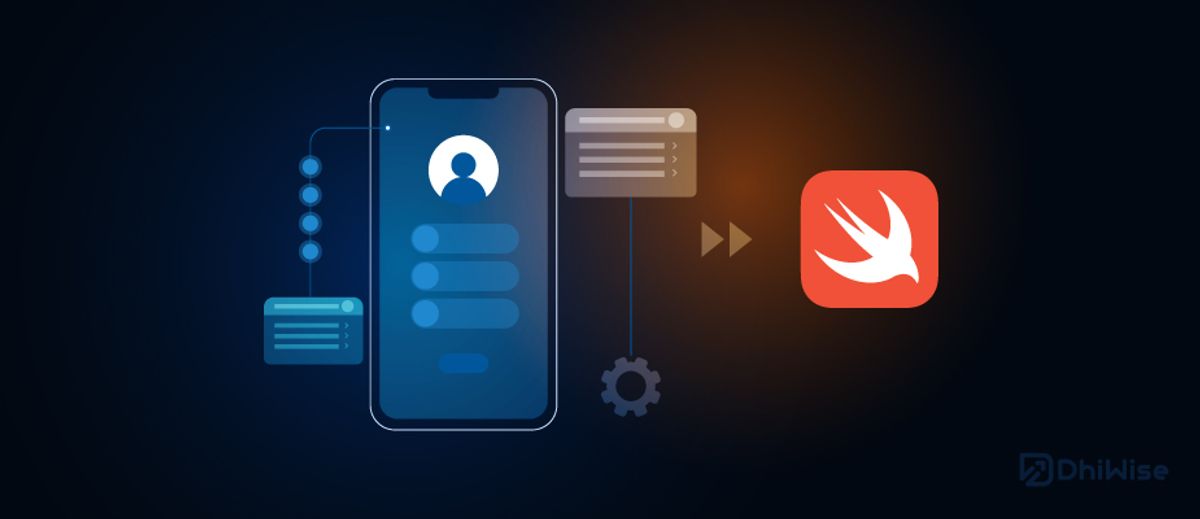
Swift provides developers with a modern, clean syntax to express ideas in an elegant and expressive way. Swift 5 was released in the month of June 2018.
The new version offers enhanced features like ABI stability, binary compatibility between apps and their plugins, as well as lighter apps and faster loading times.
In this article, we will take a look at some of the biggest benefits of using Swift 5 for custom IOS app development:
ABI Stability for all Apple Platforms
This means that if you use standard Swift code in your app, it will be compiled as EASily Asynchronous (SA) binaries on all devices and processors that support the Platform's Swift version number.
Swift 4 was released in September 2015 and was designed to run on iOS 7 through 9 devices running A7-A11 hardware.
In contrast, Swift 5 runs on the latest devices with A12 Bionic chipsets, including everything from iPhone XS Max through to iPad Pro 12-inch 2nd generation models (an earlier version of this article incorrectly stated that only newer iPhones had this capability).
This is the silver lining that every developer who provides custom ios application development services was waiting for.
Swift 5 enables binary compatibility between apps and their plugins
Owing to this benefit, you can use the latest version of Swift in your existing code, even if an older version of Xcode does not support it.
For example, if you're using a plugin written in Objective-C on iOS 11 but still want to be able to build and run this app on earlier versions of iOS (e.g., 10), all you need is a simple change in how you import your library so that everything compiles when compiling for those earlier versions.
Another benefit of this feature is that if you ever find yourself needing support for new features added in newer versions of Xcode (or any other third-party frameworks), then all it takes is adding one line into Swifty Code.
Lighter apps and faster loading time
Swift 5 is faster than Swift 4, so you can expect to see a decrease in the overall time it takes your app to load. This makes it much easier for users to use your app, especially if they have slow internet connections or devices that don't load apps as quickly as others do.
Also, since the code for iOS apps will be written in Objective-C instead of Swift 4, there will be less code that needs to be compiled before running on an iPhone or iPad device (which means fewer opportunities for errors).
Swift 5 allows you to create a dynamic library target in Xcode
A dynamic library is a software component that's linked to a program at runtime. The problem with this is that it can take a considerable amount of time to build and link in all the dependencies required for your app.
Swift 5 helps by allowing you to create dynamic libraries in Xcode, which will speed up the process significantly.
You can use this feature to share code across platforms or create plugins for other apps (for example, if you want to integrate Facebook Messenger).
The upgraded standard library
Swift 5 comes with a new set of Foundation libraries, Core Libraries and UIKit libraries. These libraries are used by the custom ios application development services providers to develop custom IOS apps for iOS devices like iPhones and iPad.
It supports auto-discovery for the use case where you have several projects that need to be compiled at once.
So you don't have to manually add all the dependent files between two different projects anymore because it will do this on its own when it detects changes in code or dependency files between two different projects.
Conclusion
We hope you're excited about the potential of Swift 5, and we encourage you to try it out if you haven't already.
It has a lot of benefits for developers who are familiar with Objective-C but also offers new opportunities for those who aren't.
The best part is that you can use Swift 5 with any of your current projects or start fresh from scratch in order to create something new and exciting!